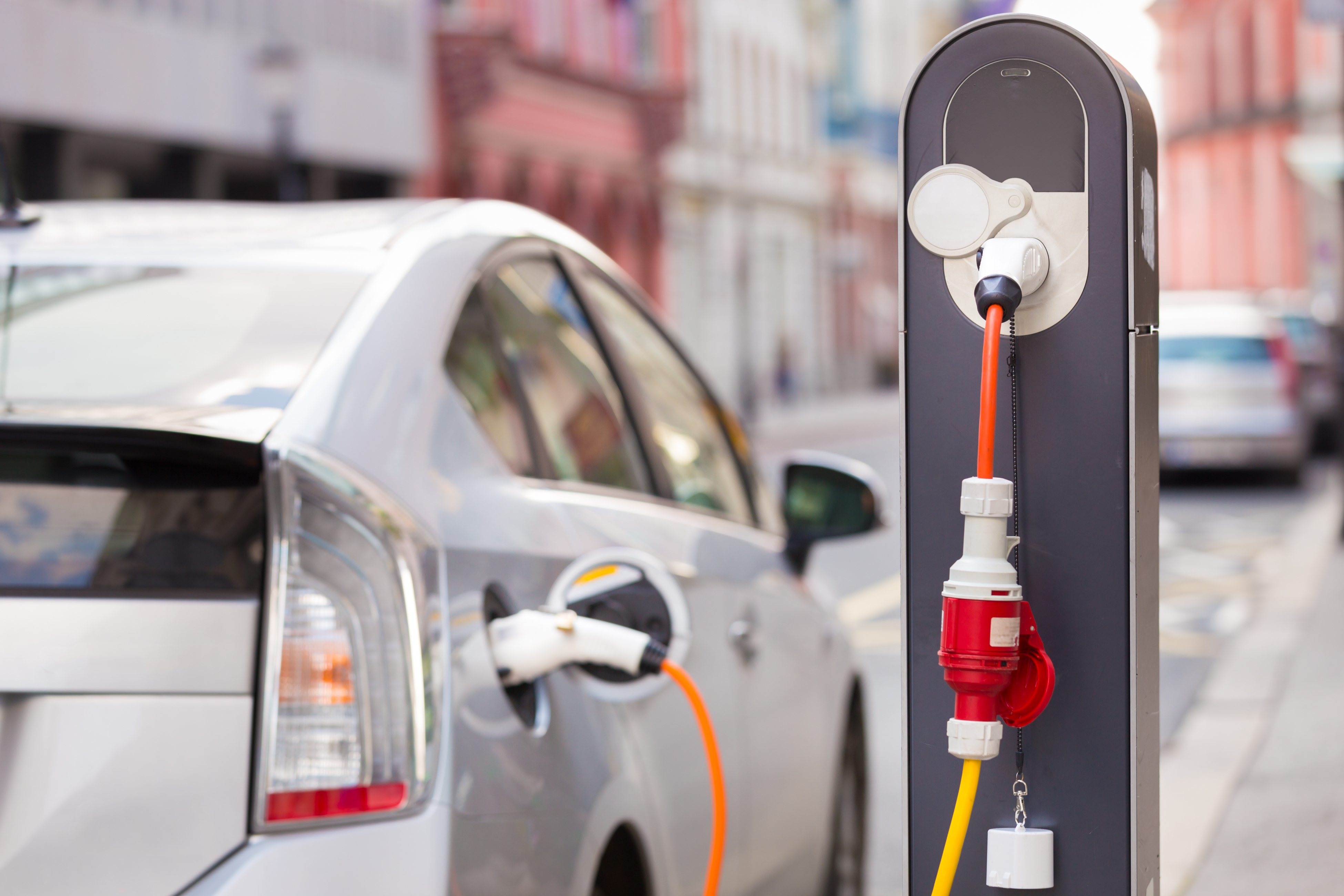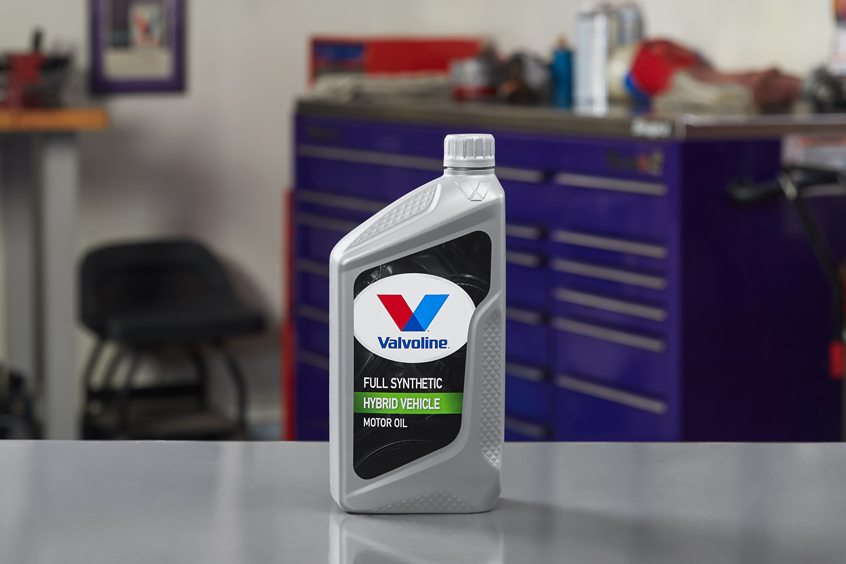Drivers love their fuel-sipping hybrid-electric vehicles (HEVs) for their great fuel economy and their ability to whoosh silently through neighborhoods on electric power alone. Plug-in hybrid electric vehicles use juice from home outlets and public charging stations to increase the miles driven on electricity.
Americans bought 400,000 hybrids last year, according to the U.S. Department of Energy, and the March 2019 Market Research Future Report forecast that the global market for hybrid vehicles will grow at a 9 percent compound annual rate through 2023.
Hybrids remain combustion-engine vehicles at their heart, and those engines have unique demands put on them by their unusual duty cycle.
“It is no different from the engine in your vehicle now,” noted Michael Warholic, Valvoline’s technology manager. “It has the same performance requirements around deposits and sludge and wear as any engine,” he said.

But the combustion engines in hybrid-electrics place unusual demands on their oil that has led Valvoline to develop Valvoline Hybrid Vehicle Full Synthetic motor oil to specifically address those demands.
That’s because the gas engine in hybrids turns off whenever possible to save fuel and the car runs on its electric motor. When braking or coasting down hills, the vehicle regenerates power to charge its batteries by turning the electric motor into a generator.
Step on the gas pedal, and if there’s not enough electricity stored in the battery to drive the car, the gas engine instantly restarts. Or if you floor it and need more power than the electric motor can provide, the gas engine restarts. Or if you’re sitting at a traffic light awaiting the green and it starts to get too hot or cold inside your car, the gas engine restarts.
You get the idea. The gas engine in a hybrid vehicle gets restarted frequently. Restarts are tough on engines, but so is shutting off, if it prevents the engine from reaching and running at its preferred operating temperature. In that case, the engine never gets warm enough to boil off water that has condensed in the oil.
“As your engine starts and stops so does your oil flow. The oil may not reach its designed operating temperature, so it may not lubricate parts as well as you would like,” Warholic said. “The water and fuel in your oil may not be removed as efficiently, which could cause more sludge to accumulate.”
Valvoline Hybrid Vehicle Full Synthetic motor starts, as the name suggests, with a full synthetic oil as its foundation for maximum performance. Then Valvoline blends in some special ingredients aimed at addressing the unique challenges posed by the hybrid-electric duty cycle.

“We’ve added more dispersants,” Warholic said. “This helps keep sludge in the oil instead of going to the engine surfaces,” where the sludge can form deposits. “Sludge is generated due to the cold and hot cycles. Your engine may never get to full operating temperature, leading to fuel and water collecting in the oil sump.”
Then they blend in additives to control the oxidation. “We add antioxidants, which can help minimize the formation of acids,” he explained. Acids can accelerate aging and result in thickening of the oil, according to Warholic. “Acids come from the blowby gases (combustion gases that slip past the piston rings into the crankcase with the oil), and can promote the formation of sludge..”
Plug-in hybrid electric vehicles multiply these challenges, because their batteries are big enough that owners might be able to drive to and from work regularly without the gas engine starting. That’s great for fuel efficiency, but not as good for the combustion engine, because machines don’t like to sit unused.
The unusual use of hybrids’ combustion engines puts unusual strain on their motor oil. Some automakers tell drivers to rely on their car’s built-in oil life monitor to know when to change the oil, but others have specific guidelines relating to the special challenges for the motor oil in hybrid vehicles.
Toyota’s Prius was the first modern mass-produced hybrid electric vehicle, so the company has plenty of experience with the technology. Toyota does not rely on an oil life monitoring system. Instead, the company issues guidelines of changing the oil annually or every 10,000 miles, whichever occurs first. Owners who drive on dirt roads or on short trips of less than five miles in freezing weather need to change their hybrid’s oil every 5,000 miles or every six months, whichever comes first, according to Toyota spokesman Corey Proffitt.
And plug-in hybrid vehicles, like Chrysler’s Pacifica or the Chevrolet Volt, place even more unusual demands on their motor oil, because the combustion engines may go for long periods without use.

These vehicles have oil life monitor systems that will tell the drivers when to change the oil, and which recognize the kind of tough conditions that demand more frequent changes, which may be as often as every 3,500 miles according to Fiat Chrysler Automobiles spokesman Eric Mayne. In regular use, the Pacifica’s oil change interval is 10,000 miles or 12 months, whichever comes first.
Both Fiat Chrysler and General Motors remind us that to mitigate the problem of the combustion engine going unused for potentially long stretches, both of their plug-in hybrids will automatically start and run their combustion engines periodically even if the battery is charged, for the specific purpose of bringing the engine to operating temperature and circulating its oil. This is “to keep both its components and its oil in good working condition,” explained GM spokesman Philip Lienert.
“Cycling the combustion engine on and off periodically will get the oil flowing and minimize build-up of unwanted sludge in the sump,” observed Warholic. That cycling is a great practice to minimize the problems that come from the way hybrid vehicles use their combustion engines. But another great practice is to use Valvoline Hybrid Vehicle Full Synthetic motor oil to give your car a better chance to withstand both abrupt stop/start cycles in regular hybrids and long periods of inactivity in plug-in hybrids.
- Always take appropriate safety precautions when working on or operating your vehicle. Take the necessary steps to help prevent injuries; always use protective gear like helmets, safety goggles, and gloves.

 Dan Carney
Dan Carney